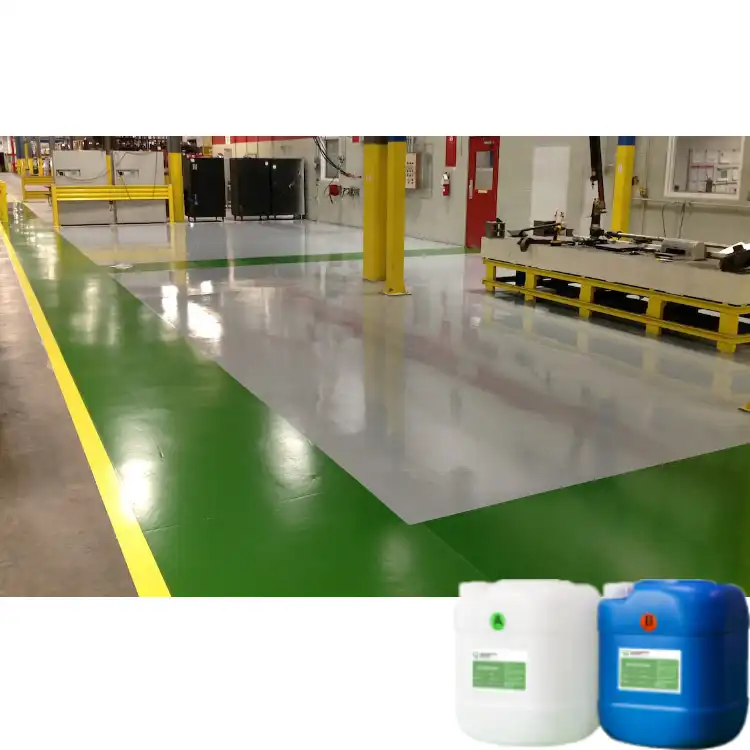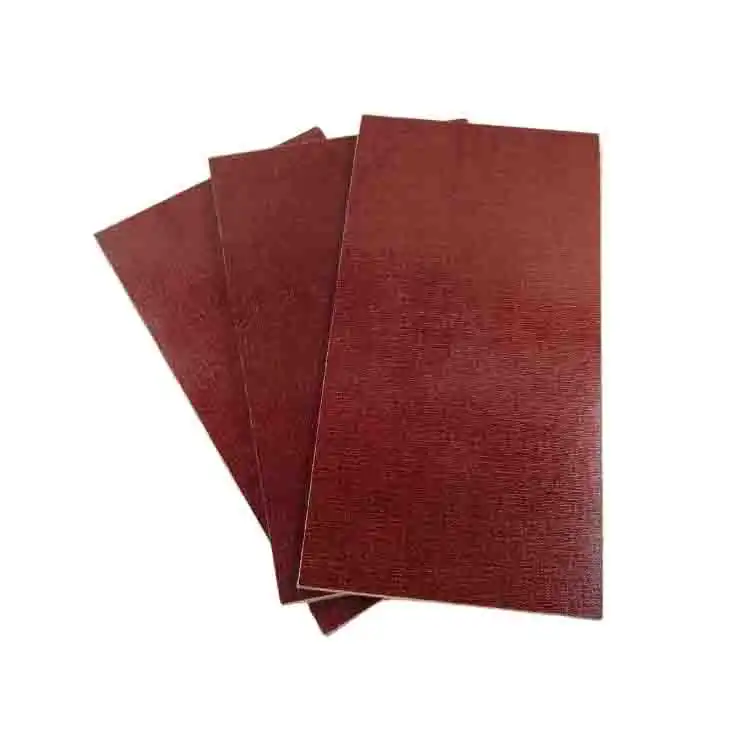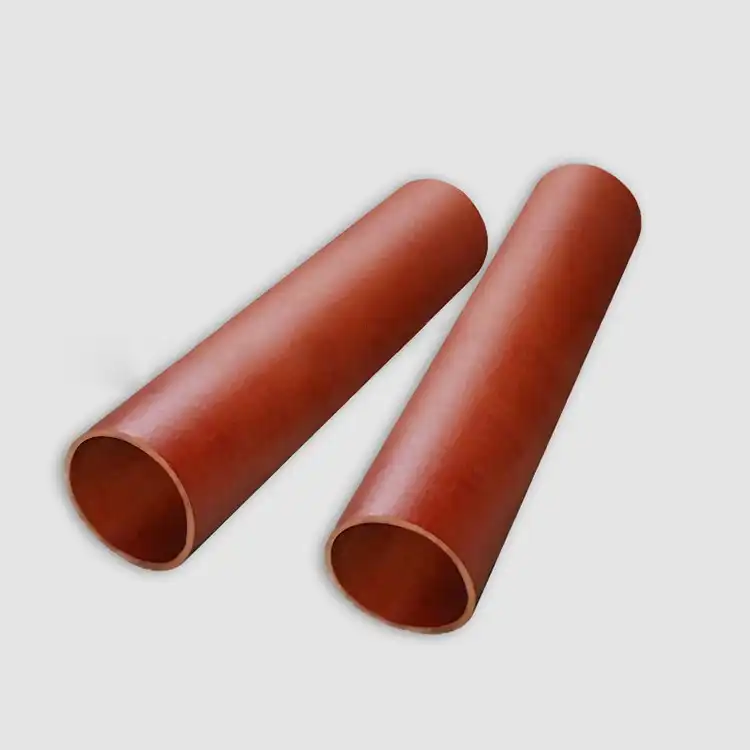How does POM compare to other plastics like nylon or HDPE?
2024-09-23 17:03:17
When it comes to industrial applications, choosing the right plastic material is crucial. Polyoxymethylene (POM), also known as acetal or delrin, is a highly versatile plastic that's widely used across multiple industries. But how does it stack up against other popular plastics like nylon or HDPE (high-density polyethylene)? In this blog, we’ll explore the unique characteristics of POM, compare it with its counterparts, and help you better understand when and why POM sheet might be the best choice for your project.
Strength and Durability: POM vs. Nylon vs. HDPE
Mechanical Properties
POM, due to its high crystallinity, boasts exceptional mechanical strength. It's known for maintaining its rigidity and toughness even under demanding conditions. This makes POM plastic sheets ideal for applications requiring high load-bearing capacity, such as gears, bushings, and structural components.
Nylon, on the other hand, is also a strong material but with more flexibility than POM. It's particularly suitable for applications where wear resistance and vibration damping are crucial. However, nylon tends to absorb moisture, which can affect its dimensions and performance over time—a factor that doesn't affect POM sheets.
HDPE is a softer plastic compared to POM and nylon. While it offers excellent impact resistance and chemical resistance, it falls short in terms of rigidity and mechanical strength. HDPE sheets are often used in applications like piping, containers, and outdoor furniture, where flexibility and impact resistance are more important than structural strength.
Wear Resistance and Friction
One key advantage of POM plastic sheets is their low friction coefficient, making them perfect for sliding applications like conveyor belts, bearings, and moving parts. POM is inherently self-lubricating, which reduces wear and tear significantly.
Nylon also has good wear resistance but is more prone to friction compared to POM. Its slight absorbency means it can swell in humid environments, affecting its friction properties. Polyoxymethylene boards, by contrast, are dimensionally stable and resist moisture, making them more reliable in consistent, high-precision applications.
HDPE, while offering good impact resistance, doesn't perform as well in high-wear environments. It's often too soft for applications involving repetitive movement or friction, where POM would be a more durable and long-lasting option.
Temperature Resistance
POM is known for its excellent thermal stability. POM sheets can handle temperatures ranging from -40°C to 100°C without significant loss of mechanical properties. This makes polyoxymethylene sheets suitable for applications in both industrial machinery and automotive parts, where exposure to heat is common.
Nylon can also withstand high temperatures, but its performance may degrade when exposed to extreme heat for prolonged periods. HDPE, while popular for its cost-effectiveness and chemical resistance, has a much lower melting point, making it unsuitable for high-temperature applications where POM excels.
Chemical Resistance and Environmental Stability
Resistance to Chemicals
POM plastic sheets offer excellent resistance to a wide range of chemicals, including fuels, solvents, and oils. This makes them a top choice for automotive and industrial applications, especially under the hood or in environments exposed to harsh chemicals.
Nylon, while resistant to many chemicals, is more susceptible to degradation when exposed to strong acids or bases. HDPE is highly resistant to chemicals, even more so than POM in some cases, which is why HDPE sheets are often used in chemical storage tanks or piping systems.
Moisture Absorption
One of the most significant advantages of polyoxymethylene boards over nylon is their minimal moisture absorption. POM remains dimensionally stable even in humid or wet environments, which is why it's often preferred for precision parts like gears and bearings.
Nylon, on the other hand, tends to absorb water, which can lead to swelling and a reduction in mechanical properties. This makes POM plastic sheets the better choice for applications requiring tight tolerances or consistent performance in varying environmental conditions.
HDPE, like POM, has excellent moisture resistance, but it lacks the rigidity and strength required for high-performance applications. However, for outdoor or chemical-intensive environments, HDPE sheets are a cost-effective and durable choice.
UV Resistance
When it comes to UV resistance, polyoxymethylene sheets can degrade over time if exposed to prolonged sunlight, unless they are specifically treated with UV stabilizers. Nylon also has limited UV resistance and will degrade faster than POM when exposed outdoors.
HDPE, however, can be formulated with UV-resistant additives, making it a better choice for outdoor applications like playground equipment and outdoor storage containers. This makes HDPE sheets a popular option for outdoor use, where UV exposure is a concern, but structural rigidity is less critical.

Cost Considerations: POM vs. Nylon vs. HDPE
Material and Manufacturing Costs
When comparing the costs of POM plastic sheets, nylon, and HDPE, HDPE often stands out as the most economical option. It's widely available and easy to manufacture, making it a budget-friendly choice for applications that don't require high mechanical strength or extreme precision. HDPE is often used in large-scale applications like piping, containers, and outdoor furniture due to its cost-effectiveness.
Nylon tends to be more expensive than HDPE but is still relatively affordable when considering its higher strength, wear resistance, and flexibility. However, its tendency to absorb moisture may lead to higher maintenance costs over time, especially in environments where moisture levels fluctuate.
POM sheets usually come at a higher price point compared to both HDPE and nylon, primarily due to their superior mechanical properties, low friction, and minimal water absorption. Despite the higher upfront cost, polyoxymethylene boards often provide better long-term value for applications requiring high precision, dimensional stability, and resistance to wear. Industries like automotive, aerospace, and electronics find the investment in POM plastic sheets worthwhile due to their durability and performance in demanding environments.
Lifespan and Maintenance
The long-term cost of using POM, nylon, or HDPE largely depends on the application. Polyoxymethylene sheets tend to have a longer lifespan in high-precision, high-wear environments, which can result in lower maintenance and replacement costs over time. The self-lubricating properties of POM also reduce the need for external lubricants, contributing to additional savings in operational costs.
Nylon may require more frequent replacement in environments where moisture or friction significantly impact performance. This can drive up the total cost of ownership, especially in applications requiring tight tolerances. HDPE, while affordable upfront, may require more maintenance or replacement in applications where higher strength or precision is needed.
Availability and Customization
HDPE is one of the most readily available and widely used plastics, making it easy to source in a variety of shapes, sizes, and colors. This makes HDPE sheets a go-to material for many large-scale, non-precision applications. Nylon is also relatively common but may require additional treatment or additives to improve its performance in certain environments, such as humid or high-friction settings.
POM sheets, while not as widely available as HDPE, are still found in a variety of forms, including polyoxymethylene boards and rods. Their availability in different grades, including homopolymer and copolymer, allows for more customization based on the specific needs of the application. For projects requiring high precision and reliability, investing in POM plastic sheets can provide better long-term results.
Conclusion
When selecting the right plastic material for your project, it's essential to weigh the specific needs of your application against the properties of each material. POM plastic sheets offer exceptional wear resistance, low friction, and dimensional stability, making them an ideal choice for high-performance applications that demand precision and durability. Whether you’re dealing with gears, bearings, or any component that requires low moisture absorption and high strength, polyoxymethylene sheets provide a reliable solution.
Nylon is a good alternative when flexibility and vibration damping are crucial, but its tendency to absorb moisture can be a limitation in certain environments. HDPE sheets, while affordable and chemically resistant, are better suited for low-precision or large-scale applications where mechanical strength and rigidity are less of a concern.
Contact Us
With over 20 years of experience in manufacturing high-quality insulating sheets and more than a decade of expertise in global trading, J&Q is your trusted partner for all your POM sheet needs. Whether you're looking for precision, durability, or performance, we offer tailored solutions for industries worldwide. For more information about polyoxymethylene boards, or to inquire about our products and services, contact us at info@jhd-material.com.
References
1. "Polyoxymethylene (POM) in Industrial Applications".
2. "Mechanical Properties of Engineering Plastics".
3. "The Role of Plastics in Automotive Components".
4. "Wear and Friction Behavior of Thermoplastics".
5. "Chemical Resistance of Engineering Plastics".
6. "Thermal Stability of Polymers".







